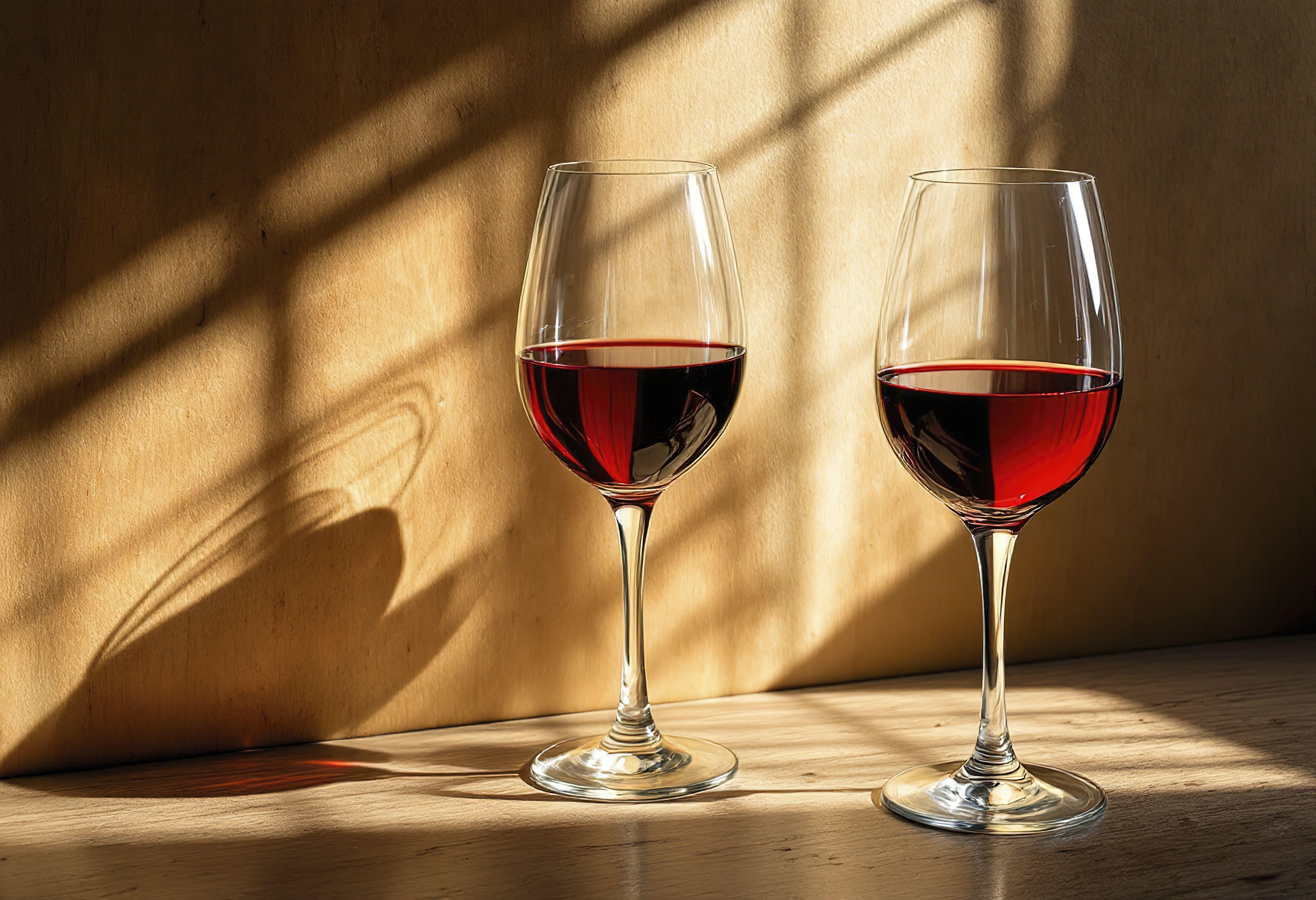The best wine pairing for any dish is a wine you enjoy drinking. If you love the juice, you’ll dig it with the food you’re savoring alongside, right? But if you’re interested in getting a bit more technical about it, there is a real science to food and drink power couples, sommeliers say. The whole—well, in this case, the duo—should be greater than the sum of its parts.
“A great match shouldn’t compete—it should highlight something new in both the food and the wine,” says Joseph Morreale, director of food and beverage at The Joule in Dallas.
Last year, on a mission to help you be the host with the most, we revealed the best wine pairings for your favorite Thanksgiving pies. As the holiday season approaches once again, we have some refreshing news: there is a “little black dress” of the wine world that plays nicely with all of your favorite fall desserts.
The same wine can shine whether you serve it with cinnamon-spiced snickerdoodles or apple pie, nutty delights like pecan pie, decadent treats such as a caramel- and chocolate-topped million dollar pumpkin tart, or even sweet-tart cranberry pie. The secret sauce? Burgundy wines. Read on to learn all about what makes this specific type of wine so special.
What Are Burgundy Wines?
Burgundy wines come from the storied region of Burgundy, France. The winemakers in this area specialize in two varietals: one white (Chardonnay) and one red (Pinot Noir).
Eléonore Latour, the vice president of Maison Louis Latour, and her family have been growing grapes in the Burgundy region for more than 200 years. Over the generations, they’ve discovered that due to the diversity of vineyard features (like soil, slope, and sun exposure, for instance), each wine “captures a sense of place that few other regions can rival,” Latour says.
“Red Burgundy is light yet layered: filled with red berries, a whisper of earth, and soft spice that unfolds with every sip. White Burgundy possesses a beautiful duality: a creamy texture balanced by bright minerality that evokes the crisp air and stone fruit,” explains assistant food and beverage manager at The Ritz-Carlton, Sarasota, Heidi Finley. “These wines are not about power. They’re about elegance and nuance.”
Why Burgundy Wines Are the Ultimate Fall Dessert Wine Pairing
The versatile features of Burgundy wine mean you can pair any fall dessert recipe with a varietal from this single region. “Pairing wine with dessert is about creating an experience that feels comforting yet elevated. Burgundy wines do that beautifully,” Finley says.
Pinot Noir and Chardonnay wines from this area tend to be light to medium-bodied and graceful rather than powerful, according to Morreale. This means they won’t outshine your prized pie recipes—or even something as light as a poached pear or pavlova. The distinctive earthiness of the reds and minerality of the whites from Burgundy give them depth and nuance, he adds.
“The red fruit notes—cranberry, cherry, and pomegranate—in Burgundy Pinot Noir echo the season’s flavors, while its subtle spice and earthiness harmonize with caramel flavors and warm spices,” Finley says. “The wine’s soft structure and natural acidity cut through sweetness beautifully, creating balance rather than contrast. It feels like the perfect transition from dinner to dessert. Cozy yet refined.”
As for Burgundy Chardonnays, “they carry notes of almond, butter, and crisp apple, and lend enough acidity to help balance rich desserts,” says Riesler Morales, head of mixology for Richard Sandoval Hospitality. The silky texture feels like a warm hug at the end of the meal, too.
Suggested Pairings for Burgundy Wines
Try these sommelier-approved pairings for each Burgundy wine type. “These pairings feel indulgent but never heavy, like a perfect ending to a meal you want to linger over,” Finley says.
- Red Burgundy: Cranberry-apple bread, cheesecake with pomegranate sauce, chocolate cake or mousse, and pecan pie.
- White Burgundy: A cheese plate, poached pears, custard desserts (think: panna cotta or crème brûlée), apple pie, pumpkin pie, roasted figs with mascarpone and honey, and snickerdoodle cookies.
The Best Burgundy Wine Alternatives
Burgundy red and white wines make stellar pairings for dessert recipes this fall season. That said, you can find similar options from other regions if you can't find one from this specific French region.
- Instead of red Burgundy: Try Pinot Noir from Willamette Valley, Oregon, Grenache from Spain, or Gamay from France.
- Instead of white Burgundy: Try Chardonnay from the Sonoma Coast in California or New Zealand, or Chablis from France.
Bonus Wine Pairing Tips for Desserts
No matter the reason or the season, you can be a pro at pairing if you keep this pointer top of mind: “The wine should be as sweet as—or sweeter than—the dessert. Otherwise, you risk bringing out less desirable traits in the wine, like the bitterness,” says Cedric Nicaise, co-owner and sommelier at The Noortwyck in New York City.
It’s also important to consider the texture and the alcohol content. Bold, tannic wines can be overpowering, Latour tells us, and heavy, high-alcohol reds can overwhelm delicate or spiced desserts, Morreale notes. Instead, reach for “a lighter, fresher wine, which can make even the richest dessert feel lifted and alive,” Finley recommends.
And don’t forget the temperature, Morales says: “Serving wine too cold or dessert too hot dulls the aromatic balance. At our restaurants, we treat temperature as part of the pairing ritual.” For reference, it’s ideal to serve white wines at around 50°F and light reds at around 55°F.



